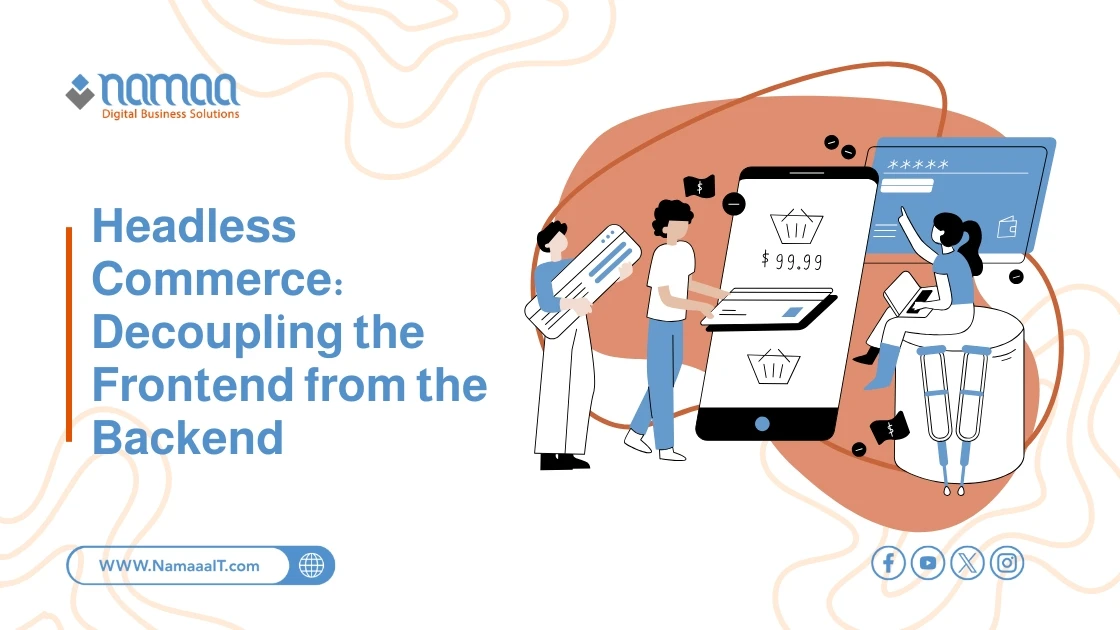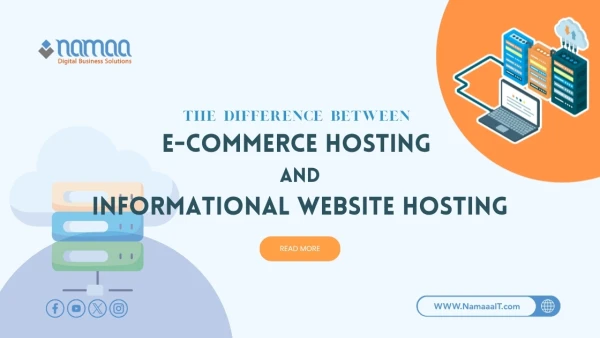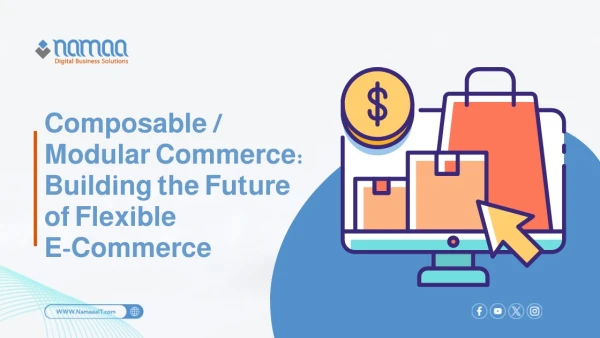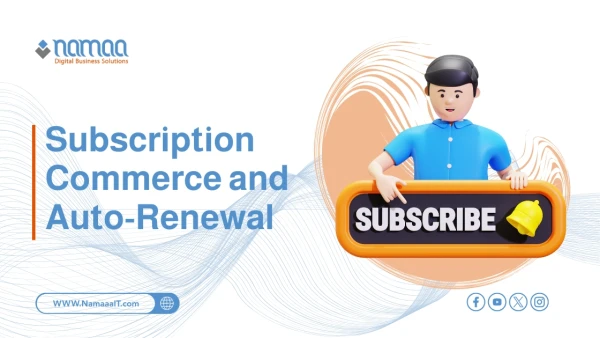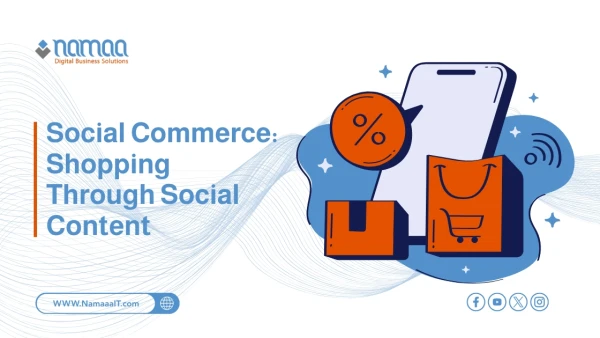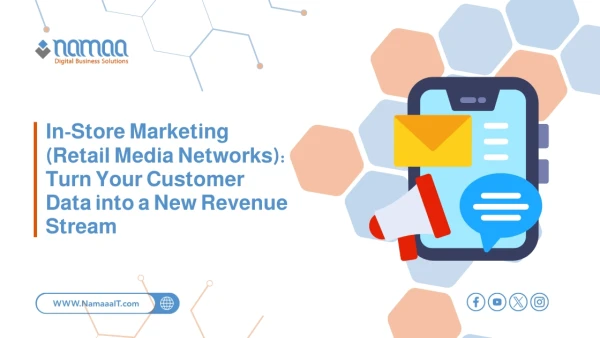Traditional e-commerce platforms face increasing challenges in keeping up with modern user experience trends and the rapid expansion of sales channels. The concept of Headless Commerce offers a transformative solution to this issue. This model separates the frontend (which includes website design and customer experience) from the backend (which manages inventory, orders, and payments). This separation grants businesses unprecedented flexibility to deliver adaptive content across multiple devices and channels—from traditional online stores to mobile apps and IoT platforms—ensuring faster, more efficient responses to changing market demands.
What Is Headless Commerce and How Does It Differ from Traditional E-commerce?
Headless Commerce is an architectural model that separates the presentation layer (frontend)—the part customers see and interact with—from the logic and data layer (backend) that manages inventory, orders, and payments. In contrast, traditional (monolithic) commerce systems use a single, tightly integrated system, meaning any design or UX change requires complex modifications across the entire platform, slowing innovation and deployment. The Headless model enables faster, more agile updates to meet market needs without compromising backend stability.
The Concept of Decoupling the Frontend from the Backend
Decoupling the frontend from the backend means breaking the fixed dependency between what users see and the internal systems managing store operations. This is achieved through Application Programming Interfaces (APIs) that serve as the bridge transferring data between both sides. This approach gives full operational independence:
Backend: Centralizes data and manages business logic (pricing, inventory, shipping) while ensuring system reliability.
Frontend: Built using modern frameworks such as React or Next.js to create fast, responsive experiences. It interacts with the backend solely through APIs to retrieve and display information.
Headless Commerce vs. Decoupled Commerce
While the terms are often confused, the difference lies in how much control developers have over the frontend. Headless Commerce offers complete independence, while Decoupled Commerce provides limited flexibility.
| Feature | Headless Commerce | Decoupled Commerce |
|---|---|---|
| Frontend Development | Built from scratch using any modern framework | Uses a pre-integrated template with limited customization |
| Channel Flexibility | Easily connects to any current or future channel (mobile, IoT, etc.) | Typically limited to a single channel, making expansion harder |
| Independence | Full independence; frontend updates don’t affect backend | Partial independence; still somewhat constrained by backend logic |
Decoupled systems may suit simpler customization needs, but Headless Commerce is the strategic choice for brands seeking unlimited flexibility and advanced omnichannel experiences.
How Headless Commerce Improves Website Performance
Page speed directly impacts bounce and conversion rates—and Headless solves performance issues at their core. Developers can use lightweight frameworks optimized for speed, reducing overall page size. By hosting static content on Content Delivery Networks (CDNs), content is delivered closer to users, minimizing latency. The frontend retrieves only the essential data via APIs instead of loading the full backend logic every time a page loads—resulting in faster, smoother performance.
How Headless Commerce Enables Omnichannel Selling
Adopting a Headless system is the foundation of a successful Omnichannel strategy, removing the need to build separate platforms for each channel. The backend unifies all data and transactions (inventory, pricing, product information) into a single, trusted source. When launching a new sales channel—like a mobile app, in-store interactive screen, or voice commerce platform—you only need to build the frontend interface and connect it to the central API. This ensures consistent, real-time customer experiences across all touchpoints without duplicated effort.
Step-by-Step Implementation Plan for Headless Commerce
A successful transition to Headless Commerce requires careful planning. Here’s a complete roadmap:
Define Backend Architecture: Choose an e-commerce backend (like BigCommerce or Magento) that provides strong, flexible APIs.
Select Frontend Technology: Pick a frontend framework (like Next.js or Gatsby) suited to your performance and UX goals.
Design API Mapping: Clearly define which data and functions each API will handle—cart creation, checkout, payments, etc.
Iterative Development & Testing: Build the new frontend gradually, continuously connecting to APIs, and conduct load testing to ensure readiness for high traffic before launch.
Best Practices for CMS Management in a Headless Environment
To effectively manage content in a Headless setup:
Choose a Headless CMS (like Contentful or Strapi) designed for API-based content delivery.
Separate content types (text, images, videos) from their presentation so the same content can be reused across multiple channels.
Implement strong caching mechanisms on the frontend to reduce API requests and achieve 95%+ Core Web Vitals performance.
Integrating ERP and Inventory Systems with a Headless Store
Headless architecture simplifies ERP integration through open APIs. Instead of forcing two monolithic systems to sync, individual ERP modules can connect directly to the e-commerce backend via dedicated APIs. This ensures accurate, real-time data flow across:
Inventory: Reflect stock changes instantly to prevent overselling.
Orders: Transfer new order details to the ERP for immediate processing and invoicing.
Customer & Pricing Data: Sync customer profiles, purchase history, and dynamic pricing directly from the ERP.
FAQs
1. Is Headless more expensive than traditional systems?
Yes, initial development costs are higher due to separate frontend coding, but long-term maintenance costs drop by up to 40% thanks to easier updates and component isolation.
2. Is Headless Commerce more secure?
Yes. By separating the presentation layer from sensitive customer and transaction data, it minimizes potential attack surfaces on the frontend.
3. Does switching to Headless require downtime?
No. The new frontend can be developed independently of the existing backend, allowing a seamless transition with no service interruption.
4. What technical expertise does Headless require?
It requires separate teams: frontend developers (React, Next.js, etc.) and backend/API developers to maintain system logic and integrations.
5. Can Headless support custom payment solutions?
Absolutely. Its API-driven structure allows seamless integration of any payment gateway or financial service without traditional platform limitations.
Summary
✔ Headless Commerce separates frontend and backend, reducing feature development time by up to 50% compared to monolithic systems.
✔ Using modern frameworks improves page load speed (LCP) by more than 30%.
✔ Omnichannel brands using Headless report up to 89% customer retention.
✔ A Headless CMS allows content reuse across 7+ digital channels without additional coding.
✔ Though initial costs may rise by ~20%, the flexibility gained often increases conversion rates by 15% within the first year.

